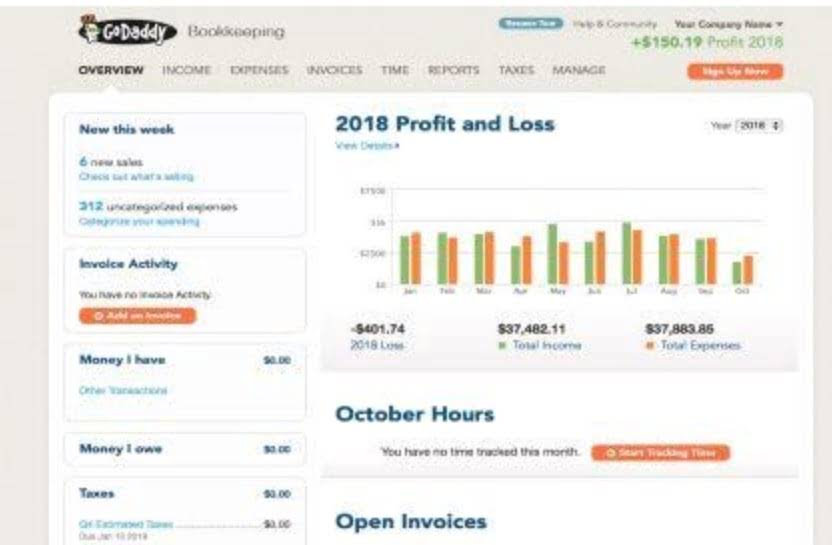
The banking industry has a famously high gross profit margin (hovering around 99%) while the airline industry operates at notoriously low profit margins (roughly 6% in 2019). Gross profit margin is a metric that can be used to measure business performance and efficiency. Gross profit margins vary significantly across industries, so you can assess a good gross margin by looking at the gross margin accounting normal range for small companies in your industry. New businesses often have a smaller gross profit margin but that does not mean that they aren’t financially healthy. New companies should expect their gross profits to be several percentage points lower than established companies in the same industry. The more important metric is how your company’s gross profit margin changes.
- Another way to interpret a gross margin number is to compare it to the sector average and top competitors during the same period, such as annually or quarterly.
- They will tell you the same basic relationship of revenues to costs but expressed in different ways.
- One of the best ways to look at sales profitability as well as the overall financial health of your business is by calculating gross margin ratio.
- 2 For fiscal 2024, organic net sales growth is not adjusted for the impact of foreign exchange.
Reduce material costs

The gross profit ratio (or gross profit margin) shows the gross profit as a percentage of net sales. By understanding their gross margin, businesses can make informed decisions about pricing strategies, production costs, and overall profitability. While the gross profit margin measures the profitability of a production process, net profit margin considers all of the expenses a company takes on—not just the ones linked to production.
Factors Affecting Gross Profit Margin

Determining gross margin is an easy and straightforward way to understand the core elements of a business. It’s also a great way to get started when assessing any income statement. Gross margin is something that all investors should consider when evaluating a company before buying any stock. Improving sales is one of the most effective ways to increase your gross margin.
Everything You Need To Build Your Accounting Skills
- The amount of profit left over after operating expenses are subtracted is known as gross profit.
- This shows the company is improving its profitability and efficiency, retaining more money per each dollar of revenue generated.
- For example, businesses like banks and law firms that have low input costs typically report very high gross profit margins.
- Usually a gross profit calculator would rephrase this equation and simply divide the total GP dollar amount we used above by the total revenues.
- In contrast, the ratio will be lower for a car manufacturing company because of high production costs.
- By analyzing trends in sales volume, pricing strategies or cost-reduction initiatives can be implemented to maximize profits while maintaining high levels of customer satisfaction.
Investors want to know how healthy the core business activities are to gauge the quality of the company. The concept of GP is particularly important to cost accountants and management because it allows them to create budgets and forecast future activities. This means if she wants to be profitable for the year, all of her other costs must be less than $650,000.

In this case higher gross margin ratio means that the retailer charges higher markup on goods sold. A company with a high gross margin ratios mean that the company will have more money to pay operating expenses like salaries, utilities, and rent. Since this ratio measures the profits from selling inventory, it also measures the percentage of sales that can be used to help fund other parts of the business.

Read on to learn more about ratios that measure rates of return and use gross profits, operating profits, and net income. Gross profit is a measure of absolute value, while gross margin is a ratio. Gross profit is simply the difference between a company’s sales and its direct selling costs, and a company’s gross margin is its gross profit expressed as a percentage of sales.
- Additionally, reducing marketing and advertising expenses without compromising product or service quality could help businesses save money.
- There is a wide variety of profitability metrics that analysts and investors use to evaluate companies.
- The fixed cost component is fully covered when sales volume grows, allowing additional sales to pass through as profit.
- Companies can measure the efficiency of their operations by calculating their gross profit margin ratio, also known as a gross margin ratio.
- Companies may adopt various pricing strategies, such as cost-plus, value-based, or competitive pricing, each of which can have different implications for the gross margin.
- A well-managed retailer can increase fourth-quarter net sales from one year to the next.
- The gross margin ratio, also known as the gross profit margin ratio, is a profitability ratio that compares a company’s gross margin to its sales.